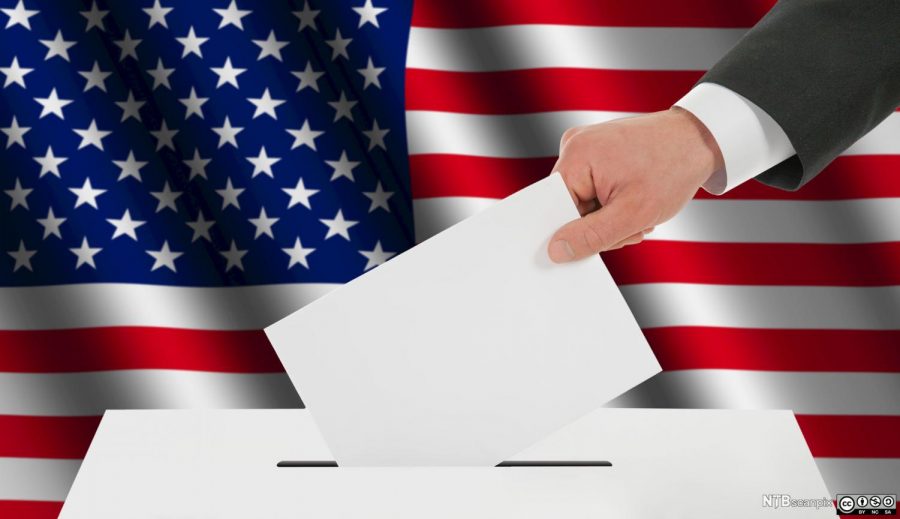The Electoral College Simplified
One of the key parts of the election is the electoral college.
January 15, 2021
Like many teens in America, you have probably heard all about our recent election. But before we dive into the world of political rights and wrongs, there are some key factors that you should know to understand how US presidential election work.
Before the election, political parties in every state, (except for Maine and Nebraska) create lists of potential electors, who have pledged to vote for their party’s candidate. This is called the Electoral College.
The Electoral College is a system where people called “electors” vote on behalf of their state. The number of each state’s electors is equivalent to the number of representatives in Congress. In total, there are 538 electors in the electoral college. How did they decide on the number 538? The number of electors is equal to the total voting membership of the United States Congress. 435 representatives, plus 100 senators and three electors from the District of Columbia.
Many people want to abolish the Electoral College because they feel that it takes away thousands of votes and compartmentalizes states based on their Democratic or Republican stance in an election. The Electoral College takes its states’ votes and, based on the majority of which party they chose, vote for the candidate of the Democratic or Republican party.
“When Americans cast their votes for president, they are in reality directing other people — called electors — to vote for the candidate who receives the most votes in their state. The political party of the winning candidate in each state then sends its preselected electors to the state capital to vote,” said Living Facts.
Swing states are another important part of U.S. Elections. Swing states are states that aren’t decidedly blue or red (Democrat or Republican.) These mixed or ‘purple’ states can change the outcome of an election by breaking a tie. For example, in the four election cycles between 1996 and 2008, Ohio and Florida supported a Democratic candidate and a Republican candidate for president.
“There is a reason why swing states exist in the United States—the U.S. voting system is structured around states. As John Hudak, a senior fellow at the Brookings Institution explained, ‘Our presidential election system is designed to make states the important jurisdictional unit in voting.’”
Swing states matter because it makes the claim that “every vote counts” even more true. On several occasions in the past, swing state votes have changed the outcome of an election.
“Close presidential elections throughout American history have borne this out: Harry S. Truman defeated Thomas Dewey in 1948 by winning by less than one percent of the popular vote in then swing states like Ohio, California, Indiana, Illinois and New York—a race so close that newspaper headlines mistakenly proclaimed Dewey the winner,” said Jessica Rotondi of History.com.
“Swing states are the presidential campaign,” said Hudak.
If the electoral college ended in a tie vote, then the House and Senate would have to vote for the president and vice president.
“The Constitution requires the House and Senate to count the Electoral College’s ballots, and in the event of a tie, to select the president and vice president, respectively,” said Rotondi.






